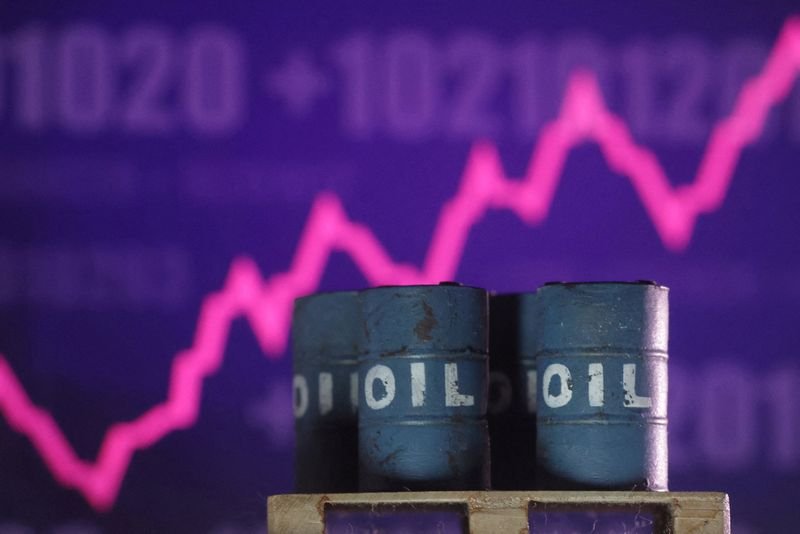US Upstream Oil and Gas Dealmaking Declines Amid Investor Volatility
The upstream oil and gas sector in the United States is experiencing a significant downturn in dealmaking activity. This decline is primarily attributed to recent market volatility, which has left investors feeling uncertain and hesitant.
Current Trends in US Upstream Activity
In recent months, the charm of acquisitions and mergers in upstream oil and gas has significantly waned. The fluctuating prices of crude oil and natural gas have created a ripple effect that is discouraging transactions in this sector. These economic fluctuations have led to a cautious approach among investors, many of whom are re-evaluating their strategies.
Factors Impacting Investor Confidence
Several elements are contributing to the current climate of uncertainty. The ongoing geopolitical tensions, changes in regulatory frameworks, and unpredictable commodity prices have all played a role in creating a challenging environment for investors. As a result, potential buyers are increasingly wary of making commitments, leading to a noticeable slowdown in deal activity.
Market Volatility and Its Effects
Market volatility poses a significant challenge for dealmakers in the upstream oil and gas industry. The consistent fluctuations in oil prices make it difficult for companies to project future revenues accurately. Investors are typically less inclined to invest in volatile environments, which leads to fewer deals within the sector. This hesitation further perpetuates the downward trend in overall deal volume.
The Impact of Regulatory Changes
Changes in regulations often lead to shifts in investment strategies. New policies aimed at environmental protection and sustainability can have a profound impact on the profitability of oil and gas projects. As companies navigate these new regulations, some find themselves reassessing their operational framework. The unpredictability surrounding regulatory changes adds another layer of complexity for investors.
Stakeholder Reactions
Key stakeholders within the industry are acutely aware of these challenges. Many are calling for clearer guidelines and policies that could foster a more stable investment climate. There is a growing consensus that effective communication between regulatory bodies and stakeholders is crucial for restoring confidence in the market.
Future Outlook for US Upstream Dealmaking
Despite the current challenges, some analysts believe that the tide may turn. As market conditions stabilize and new opportunities emerge, there is potential for increased activity in upstream oil and gas dealmaking. Investors remain optimistic about the long-term prospects of the industry and may increasingly look for strategic acquisitions in the coming months.
Conclusion
The landscape of US upstream oil and gas dealmaking is at a critical juncture. With investor confidence shaken by volatility and regulatory shifts, the pace of transactions has significantly slowed. However, as the sector adapts and evolves, there remains hope for a recovery that could reinvigorate deal activity. As the market seeks stability, the future of US upstream oil and gas dealmaking remains a focal point for many industry players.
This nuanced environment necessitates that stakeholders remain vigilant and adaptable, leveraging available insights to navigate the complexities of the current landscape effectively. The intersection of regulation, price fluctuations, and investor sentiment will undoubtedly shape the path forward in the upstream oil and gas industry.
